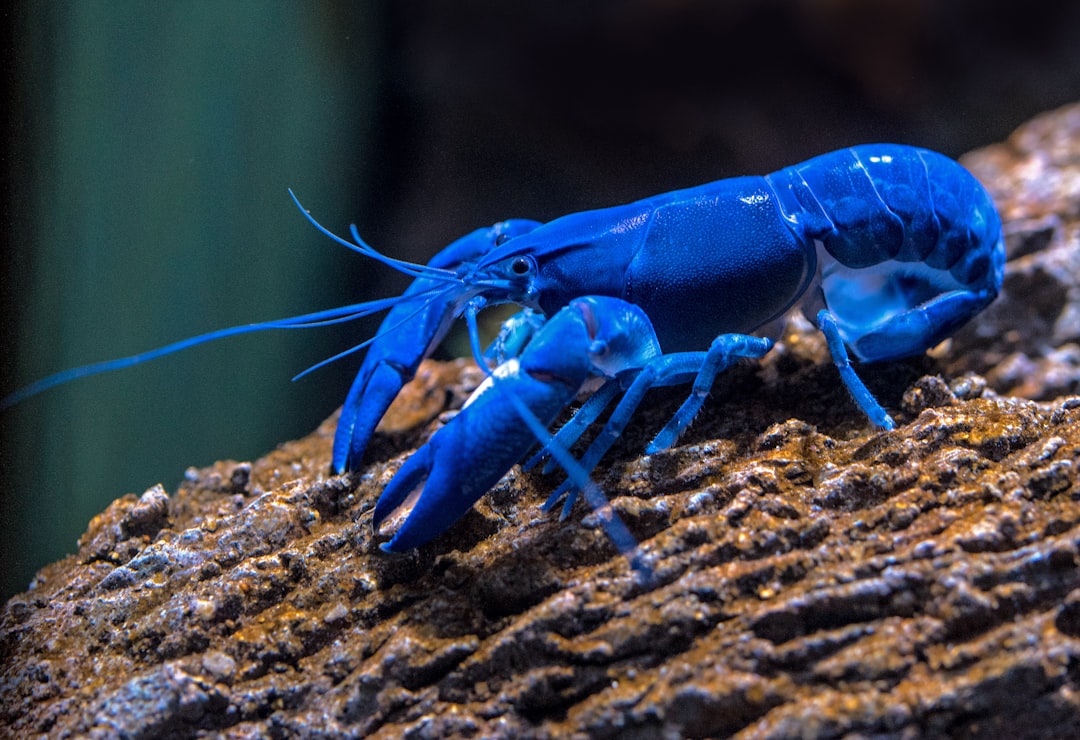What is it about?
Stenoma catenifer Walsingham is the major pest in avocado groves (Persea americana Mill.) in the Neotropical region. Management has been difficult for many reasons related to the reduced knowledge on its bioecology and the avocado growing systems. The goal of this work was to study the vertical distribution of S. catenifer in avocado plants, the gagging effect of infested fruit on its survival, and the losses caused. The experiments were conducted in a commercial grove located at the São Tomás de Aquino, State of Minas Gerais, Brazil, during the 2001/2002 and 2002/2003 growing season. S. catenifer was observed especially at the lower and central part of the plant, and the inner canopy was the least attacked in comparison with the north, south, east and west quadrants. These results may be important indicators for the use of am adequate sampling procedure. The highest percentage of attacked fruit had one to four larvae; in some cases up to eight individuals per fruit were found. The losses caused by the borer varied during the agricultural season, with figures close to 5% in a single evaluation, and the harvest loss may reach 27%. The bagging of infested fruit caused mortality of S. catenifer, as observed through the evaluation carried out four days later.
Featured Image
Read the Original
This page is a summary of: Distribuição vertical, danos e controle cultural de Stenoma catenifer Walsingham (Lepidoptera: Elachistidae) em pomar de abacate, Neotropical Entomology, August 2006, Springer Science + Business Media,
DOI: 10.1590/s1519-566x2006000400015.
You can read the full text:
Contributors
The following have contributed to this page










